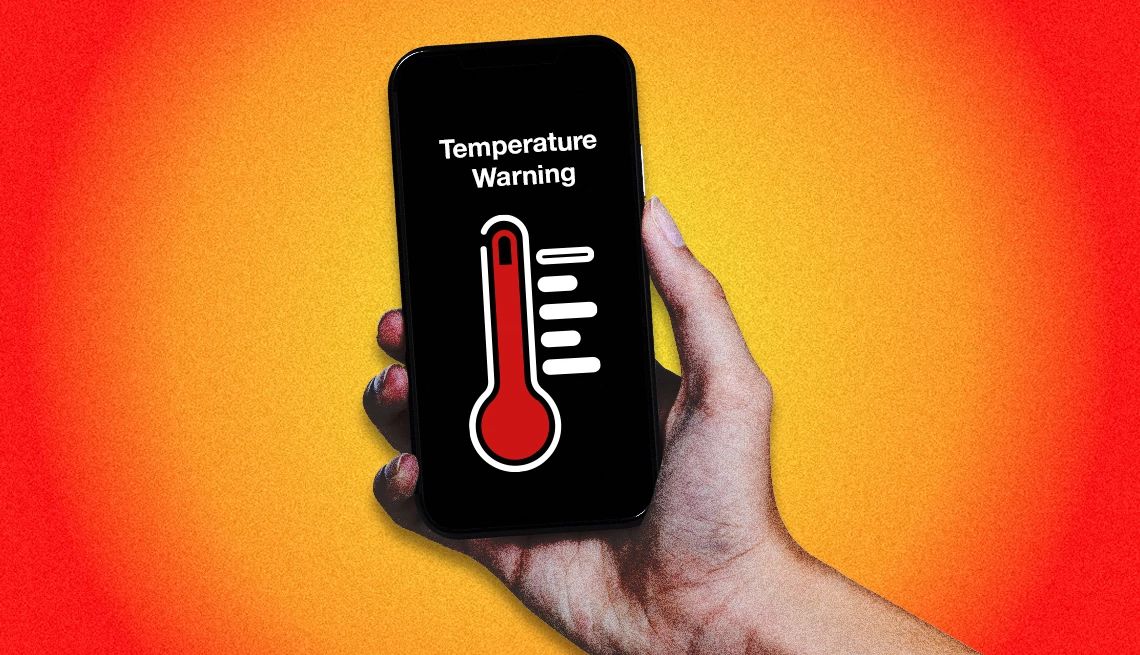AARP Hearing Center


My smartphone recently overheated and shut down. I’m concerned it may have been permanently damaged. Why did this happen, and what can I do?
Paraphrasing (and with apologies to) George Gershwin, the livin’ isn’t always easy in summertime, at least when it comes to your smartphone.
As your question suggests, smartphones aren’t built for sweltering heat. But don’t sweat it.
Devices can roast at the beach or bake in a scorching hot vehicle for prolonged periods of time. These are no-no’s, of course, and you should always be mindful of your smartphone when the mercury rises. The somewhat-obvious-but-not-always-possible remedy is to seek shade and cooler temperatures.


Ask The Tech Guru
AARP writer Ed Baig will answer your most pressing technology questions every Tuesday. Baig previously worked for USA Today, BusinessWeek, U.S. News & World Report and Fortune, and is author of Macs for Dummies and coauthor of iPhone for Dummies and iPad for Dummies.
You’ll also want to power your phone off, assuming the device hasn’t already shut itself down. If left on, lower the brightness, and turn off the Bluetooth GPS apps and Wi-Fi if you’re not using them.
Six reasons your phone is heating up
Blistering outdoor heat isn’t the only reason your smartphone may be running hot. Among other causes:
- The device’s CPU or processor may be overtaxed. This can occur when too many apps are open. Some apps may be running in the background, and graphics-intensive games and augmented reality apps are both resource hogs. Video streaming can also strain the phone.
- You’re using a charger from a less-than-reputable brand.
- That charger and/or its charging cord are damaged.
- You’ve been juicing up the phone by placing it on a wireless charging pad.
- The operating system software and/or apps need updating.
- The handset has been infected with a virus or malware.
Instances where a phone gets warm may be worrisome at times but are not uncommon, and while it is possible to permanently damage the device and/or shorten battery life if it’s exposed to heat too long, oftentimes the phone will cool off by itself and, um, weather the storm.
The Apple iPhone is designed to function properly between ambient temperatures of 32°F and 95°F, same as the Samsung Galaxy and other Android handsets. Both companies note that their devices can also heat up when you’re setting them up for the very first time, or when transferring data or restoring them from a backup.
Some safeguards are already in place to keep your device from overheating. In the case of an Apple iPhone, you may see a message that reads “Restore paused. Restoring from iCloud will resume when this [device] cools down.”


































































You Might Also Like
Why to Look Inside Your Smartphone’s Settings
You can customize a phone to make it your own
Recover Deleted Smartphone Photos Easily
Your pictures aren’t really gone, at least not right now
Dry Out Your Phone: Tips Beyond Rice
Avoid the rice. Resuscitate a wet phone with patience